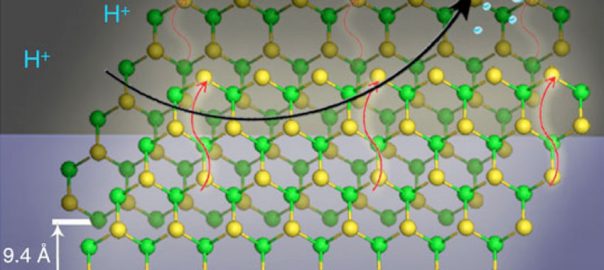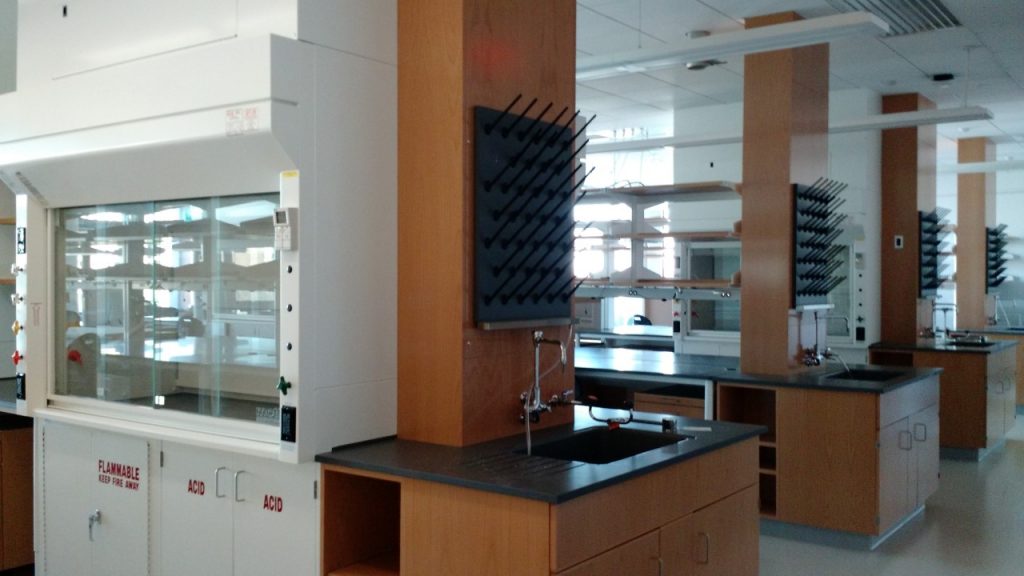Dr.Sun’s group website has been migrated to Temple University Sites with brand new designs. The old one nanosungroup.net is no longer available.
Congratulations to Dr. Qilin Wei on receiving doctoral degree! Best wishes for the future.

Congratulations to Dr. Yugang Sun on receiving tenure and are promoted in rank to Full Professor
Congratulations to Dr. Yugang Sun on receiving tenure and are promoted in rank to Full Professor
Congratulations to Siyu Wu and Qilin Wei on receiving 2021 Francis H. Case Research Award!
Congratulations to Siyu Wu and Qilin Wei on receiving 2021 Francis H. Case Research Award!
Congratulations to Kowsalya Devi Rasamani on receiving 2020 CST Outstanding Research Assistant (RA) Awards!
Congratulations to Kowsalya Devi Rasamani on receiving 2020 CST Outstanding Research Assistant (RA) Awards!
Congratulations to Dr. Abeyweera to beome the first PhD of Sun group!
Congratulations to Dr. Abeyweera to beome the first PhD of Sun group!

Congratulations to Kowsalya Devi (KD) and Xinyan on receiving the “Dissertation Grant”
Congratulations to Kowsalya Devi (KD) and Xinyan on receiving the “Dissertation Grant”
Congratulations to Sasitha on receiving the “Daniel Swern Research Award”
Congratulations to Sasitha on receiving the “Daniel Swern Research Award”! Well Done, Sasitha!
Welcome new graduate students, Shea Stewart and Shaoyang Wu, to join Sun group!
Welcome new graduate students, Shea Stewart and Shaoyang Wu, to join Sun group!
Dr. Sun is in the 2018 Highly Cited Researchers List provided by Clarivate Analytics
The 4th year graduate student, Sasitha, receive a Guy Allen Award for Outstanding Teaching for the 2018-2019 Academic Year
The 4th year graduate student, Sasitha, receive a Guy Allen Award for Outstanding Teaching for the 2018-2019 Academic Year
2016 List of Most Cited Researchers in Materials Science and Engineering by Elsevier Scopus

New Microwave Synthesis Technique Produces More Affordable Hydrogen
Read more at energy.gov >New Microwave Synthesis Technique Produces More Affordable Hydrogen
The Science
Storing energy from sunlight or wind inside the bonds of a hydrogen (H2) molecule would let intermittent renewable energy power fuel cells, providing electricity on demand. The scalable production of H2, created by splitting apart water (H2O), depends on how well the catalysts drive the reaction. Thus far, platinum catalysts are the best, but the metal’s scarcity and cost is problematic. A layered material shows great promise as a low-cost alternative. Scientists showed that a microwave synthesis technique helps create the new material, a nanostructured molybdenum disulfide, and gives the catalyst an improved ability to produce hydrogen.
The Impact
Microwave-prepared molybdenum disulfide material has the potential to be an affordable alternative to the expensive platinum catalysts that are currently used. The performance exceeds that of MoS2 materials made via other synthetic methods.
Continue reading New Microwave Synthesis Technique Produces More Affordable HydrogenDr. Sun is recognized as one of the 2015 Highly Cited Researchers in Materials Science by Thomson-Reuters
Dr. Sun is recognized as one of the 2015 Highly Cited Researchers in Materials Science by Thomson-Reuters
Dr. Sun starts his first day at Temple with empty office and labs on January 11, 2016
Dr. Sun starts his first day at Temple with empty office and labs on January 11, 2016
was posted on 2016-01-14

